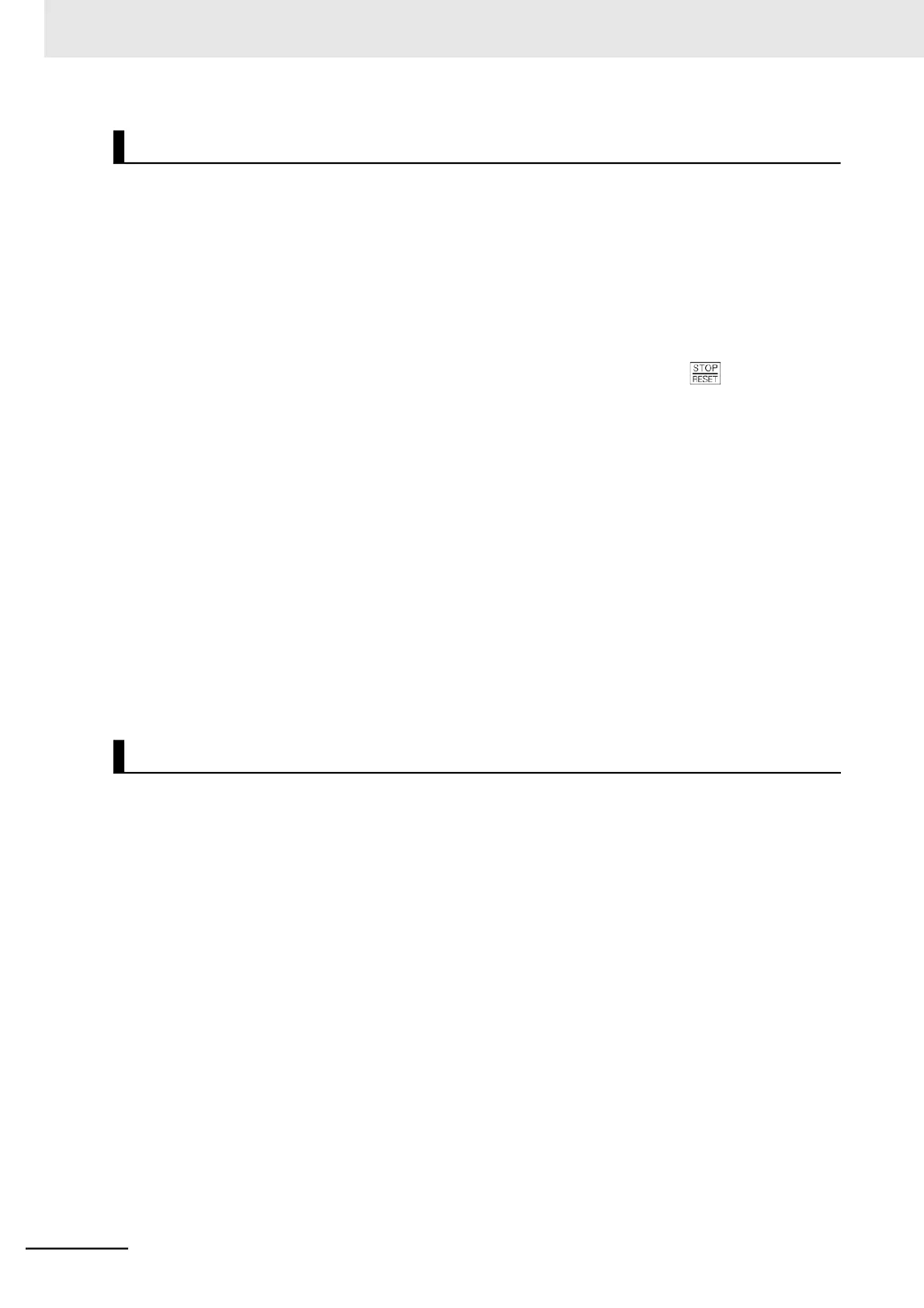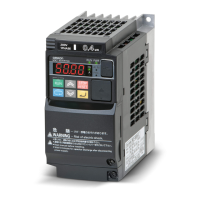If no problem is found during no-load run, connect the mechanical system and run the inverter with load
via the Digital Operator.
⚫
Mechanical system connection
Make sure that the motor stopped completely before connecting the mechanical system.
Then, connect the mechanical system with the motor securely to prevent the screws from loosening.
⚫
Operation via Digital Operator
In case of abnormal inverter run, be prepared to press the STOP/RESET key on the Digital
Operator.
In the same way as you did during no-load run, stop the machine via the Digital Operator.
⚫
RUN mode checks
Start with a low speed and, while checking that the machine moves smoothly in a correct direction,
increase the Output Frequency Setting/Monitor (F001) value.
Check that there is no mechanical vibration and noise by varying the Output Frequency Setting/
Monitor (F001) and RUN Direction Selection (F004) settings.
Also, check a current, load rate, and voltage by the Output Current Monitor (d002), Electronic Ther-
mal Load Rate Monitor (d104), and DC Voltage Monitor (d102).
Check that the output current is up to 150% of the motor rated current.
Also, check that the electronic thermal load rate is sufficiently low to reach 100%.
Check that the main circuit DC voltage for 200-V class and for 400-V class is sufficiently low to reach
390 VDC and 780 VDC, respectively.
To operate the inverter with only basic parameters, refer to Section 5 Basic Settings.
To use applied functions such as sensorless vector control, V/f control with speed feedback, torque
control, and simple position control, in addition to Section 5 Basic Settings, refer to Section 6 Vector
Control and Applied Functions.

